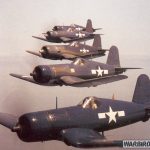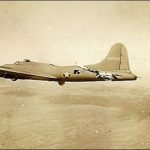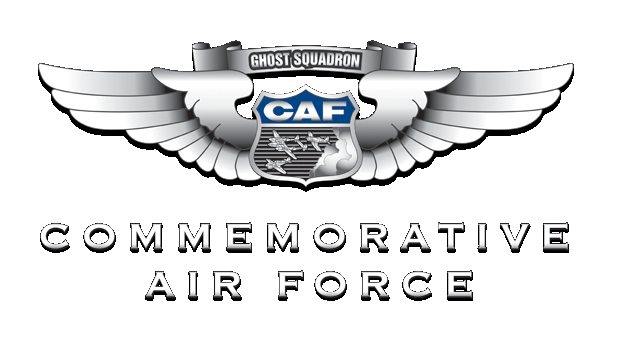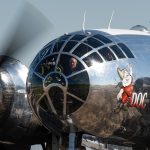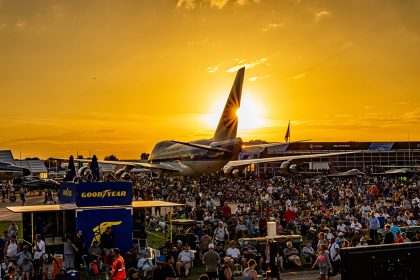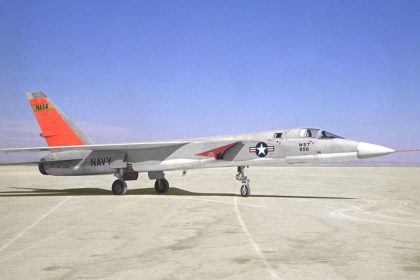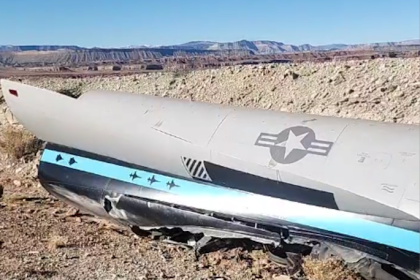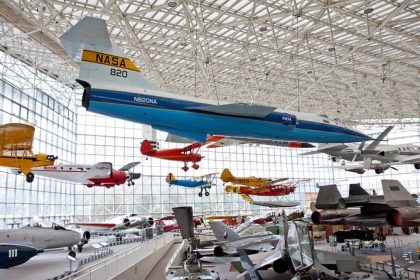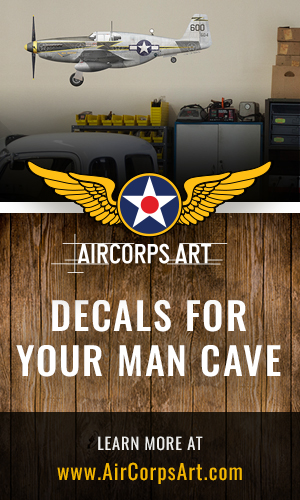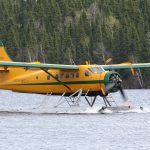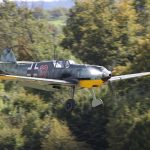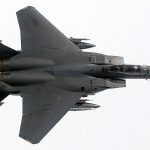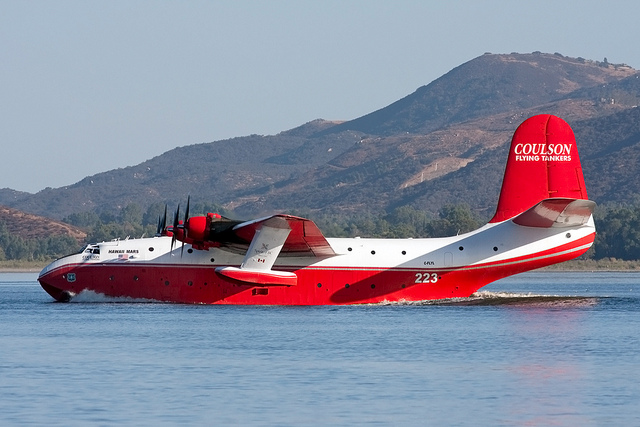
On this day in aviation history, 53 years ago—May 10, 1972—the Fairchild Republic A-10 Thunderbolt II took to the skies for the first time. Nicknamed the Warthog, the A-10 was developed in response to the U.S. military’s requirement for a new close air support aircraft, issued in 1966 under the A-X Program. Fairchild Republic’s prototype, the YA-10, made its maiden flight from Edwards Air Force Base with Chief Test Pilot Howard W. “Sam” Nelson at the controls. Ultimately, the company secured the production contract, beating out Northrop’s YA-9.
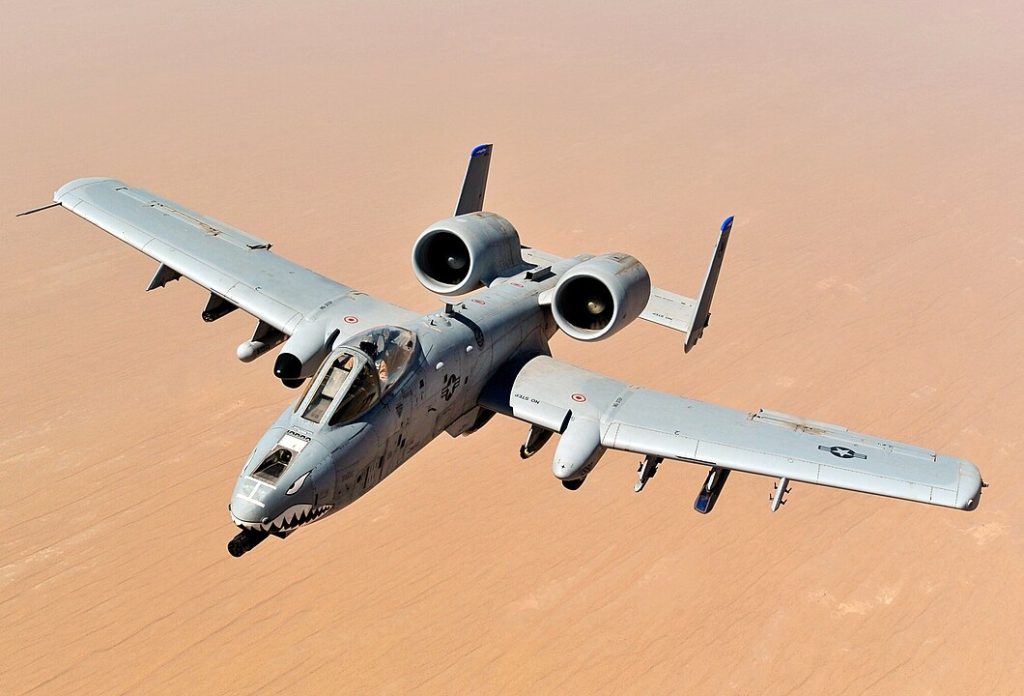
The A-10 Thunderbolt II has served with the United States Air Force since 1977. Named after the Republic P-47 Thunderbolt—an iconic WWII-era fighter-bomber—the A-10 was designed around its powerful 30mm GAU-8/A Avenger rotary cannon. Capable of firing up to 1,174 rounds per minute, the cannon is devastatingly effective against tanks, vehicles, and fortified positions.

The A-10 earned its Warthog nickname due to its rugged, purpose-built design and distinctive appearance. Its two General Electric TF34-GE-100A turbofan engines are mounted high and rearward, flanking the aircraft’s twin tail—both to protect them from ground fire and to enable operations from austere airfields. In combat, the phrase “Go ugly, early” reflects the Warthog’s reputation as a reliable go-to option when ground troops need urgent support.

Renowned for its durability, the A-10 can withstand significant damage and still return home. Stories abound of aircraft limping back to base with entire systems shot out, yet still flying. While the GAU-8/A cannon is its signature weapon, the A-10’s versatility extends to a wide array of armaments—including rockets, missiles, and both guided and unguided bombs—thanks to multiple underwing hardpoints. Precision is enhanced by advanced targeting systems such as the AN/AAQ-28(V)4 LITENING or AN/AAQ-33(V)1/2 Sniper pods, depending on the configuration.
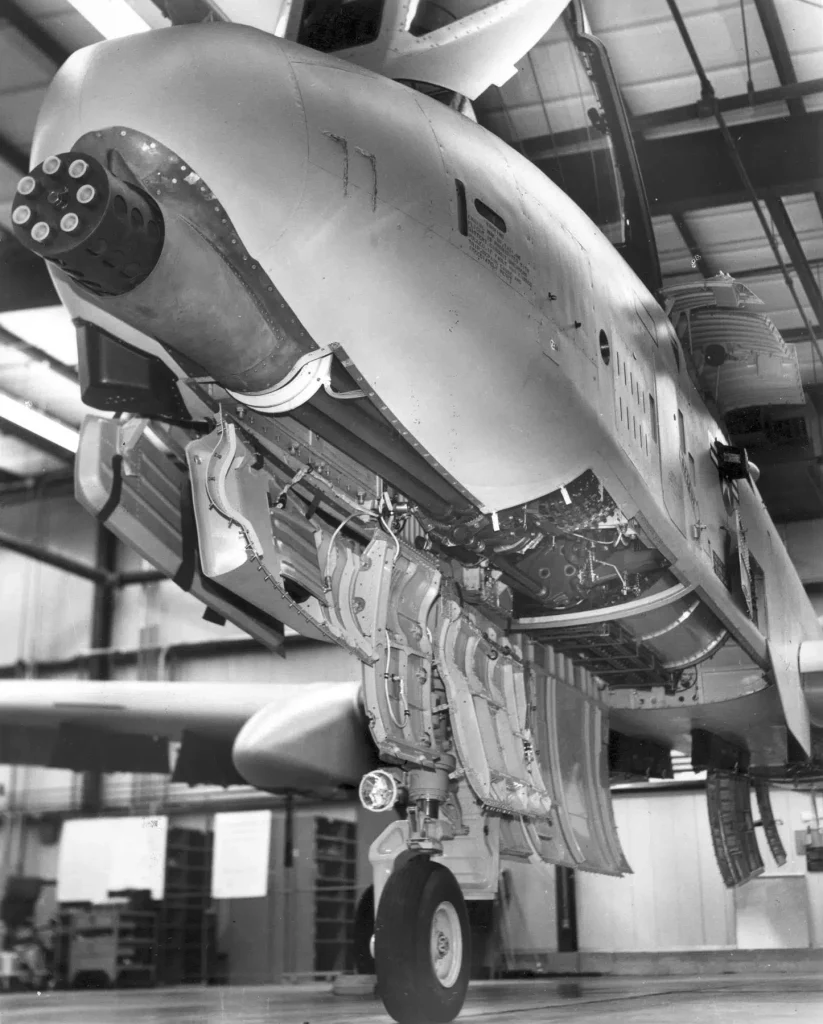
Despite recurring efforts to retire the A-10, it continues to serve with distinction. The U.S. military is actively exploring replacements, but few platforms match the Warthog’s effectiveness in the close air support role. Until the day it earns its retirement, the A-10 will continue to “BRRRT!” its way across the battlefield—delivering unmatched support and ensuring its pilots come home safe.




